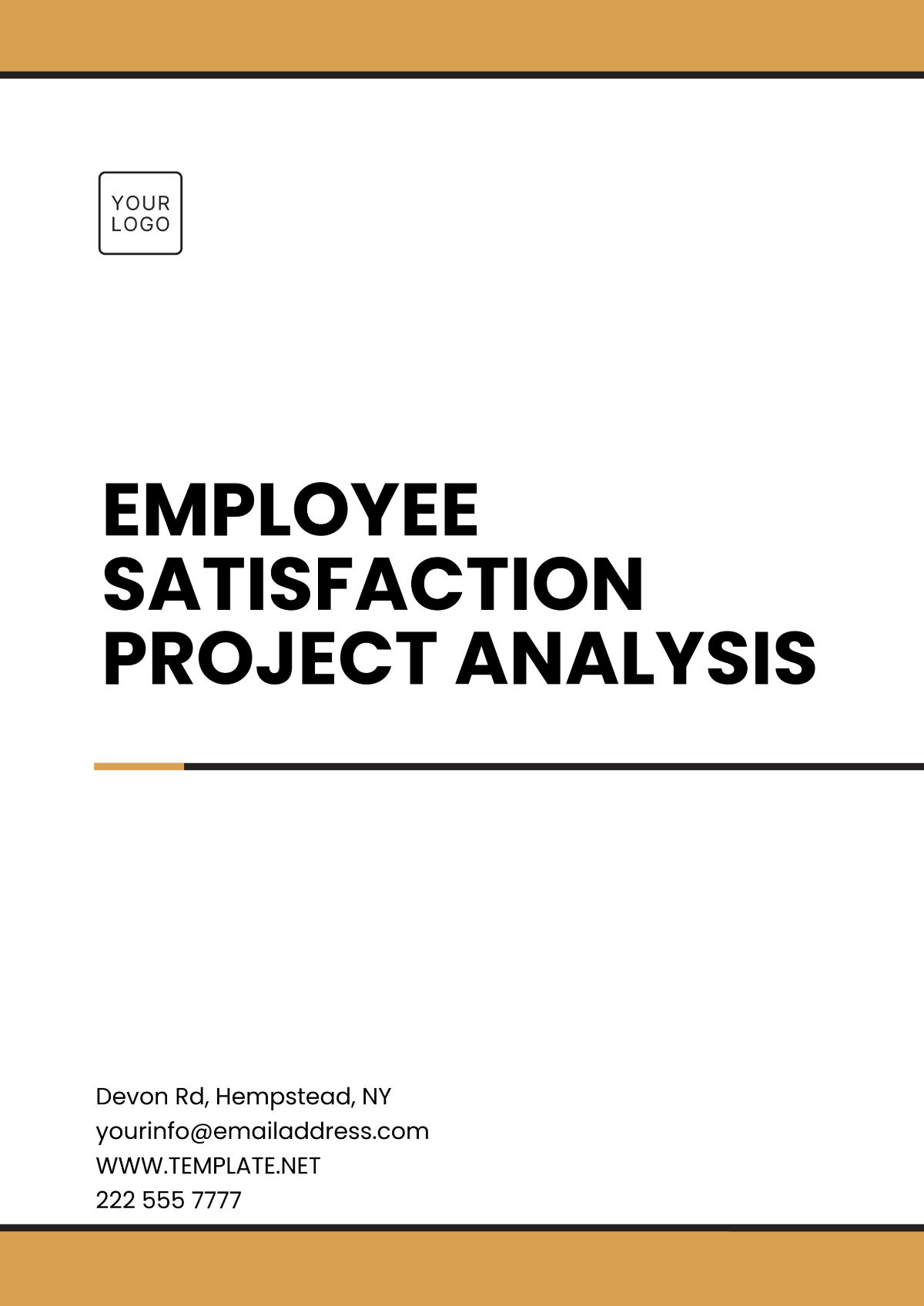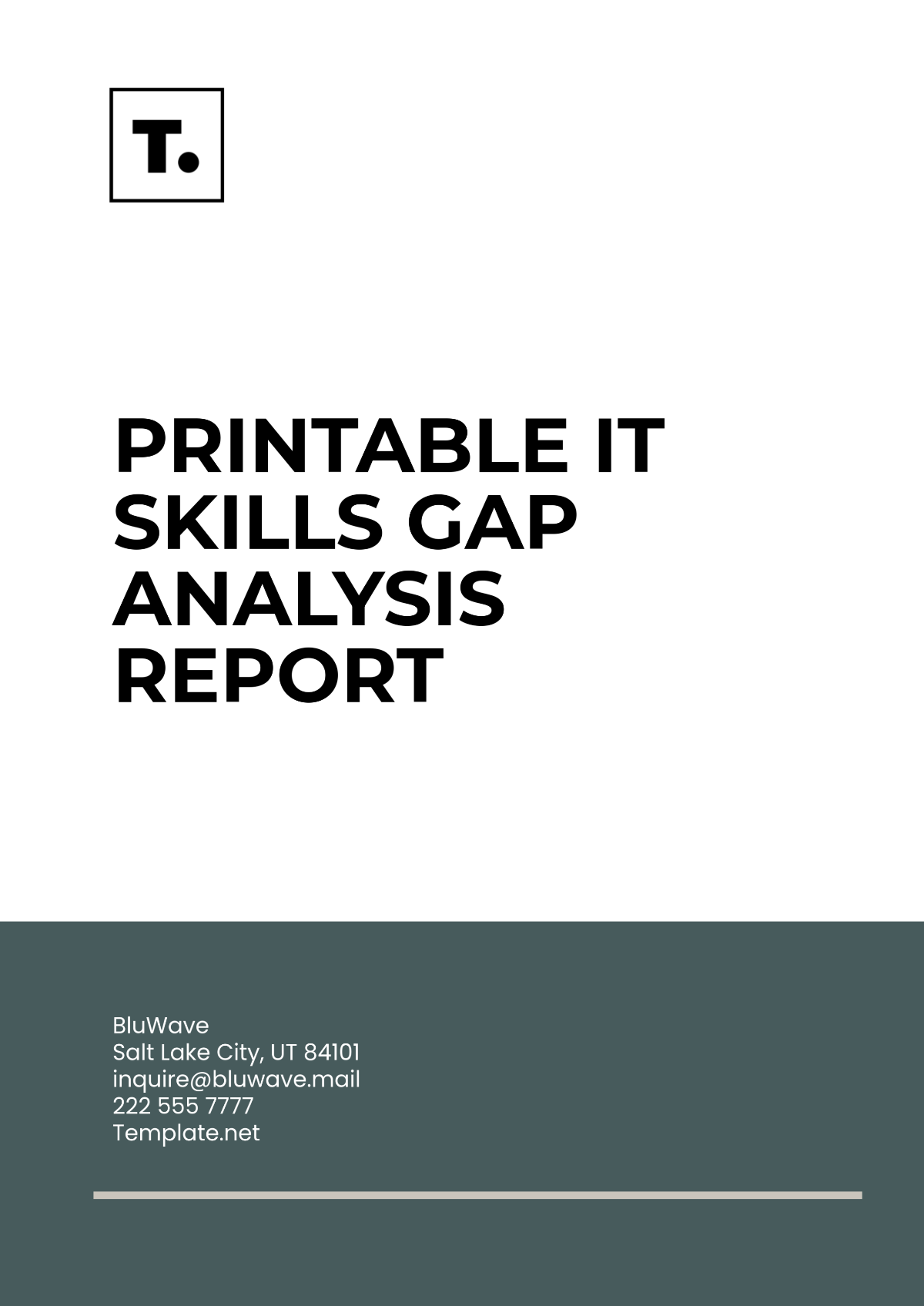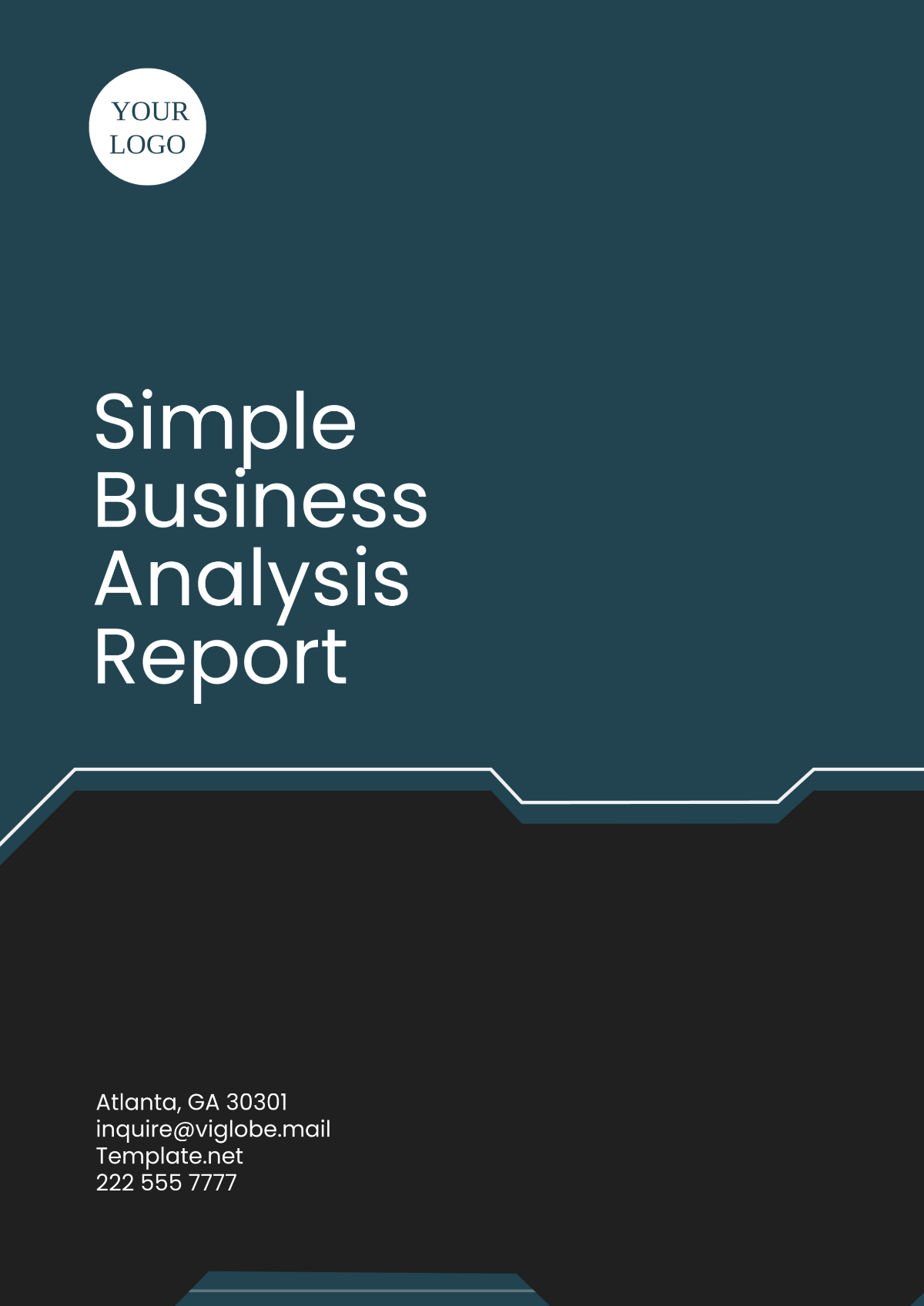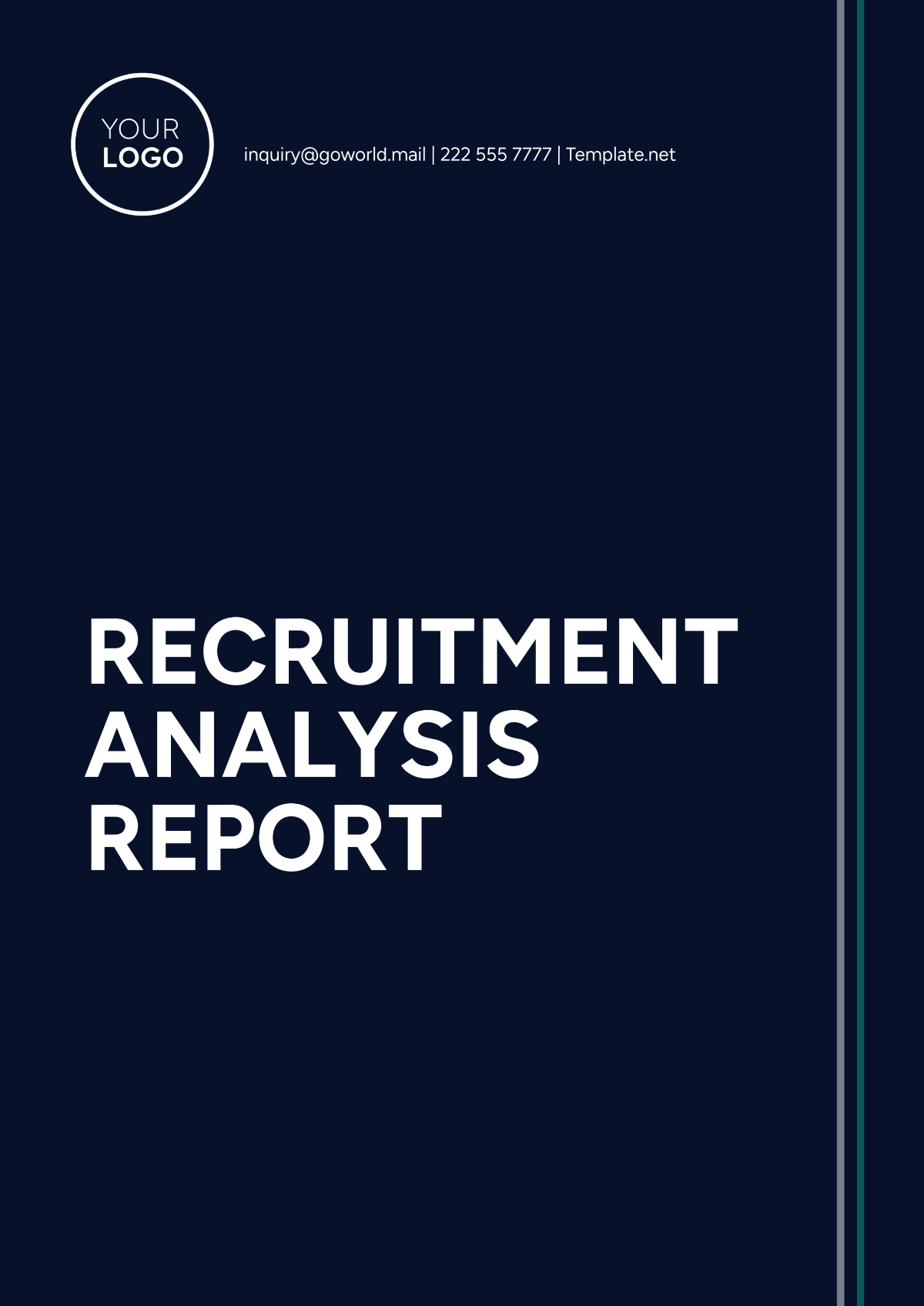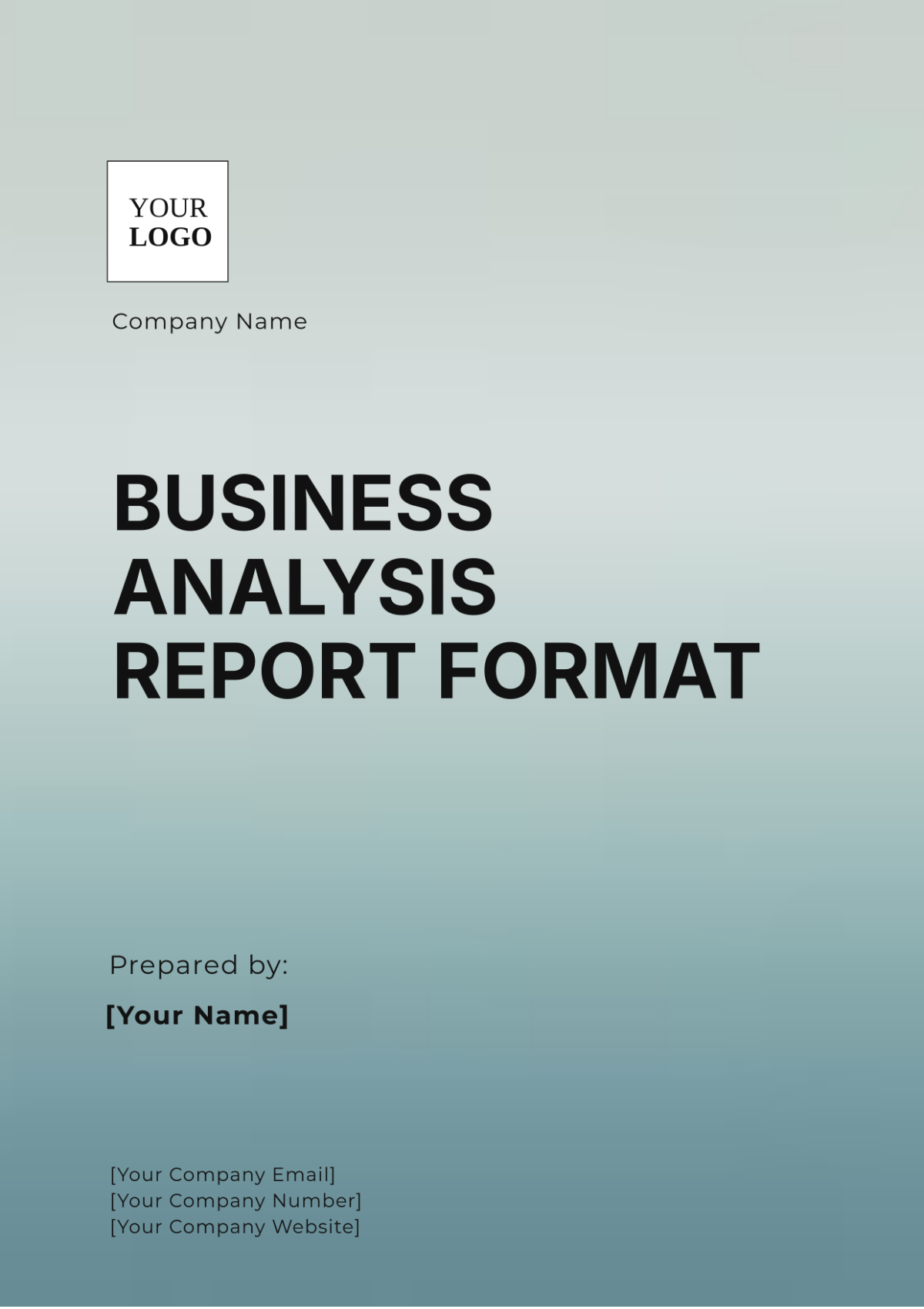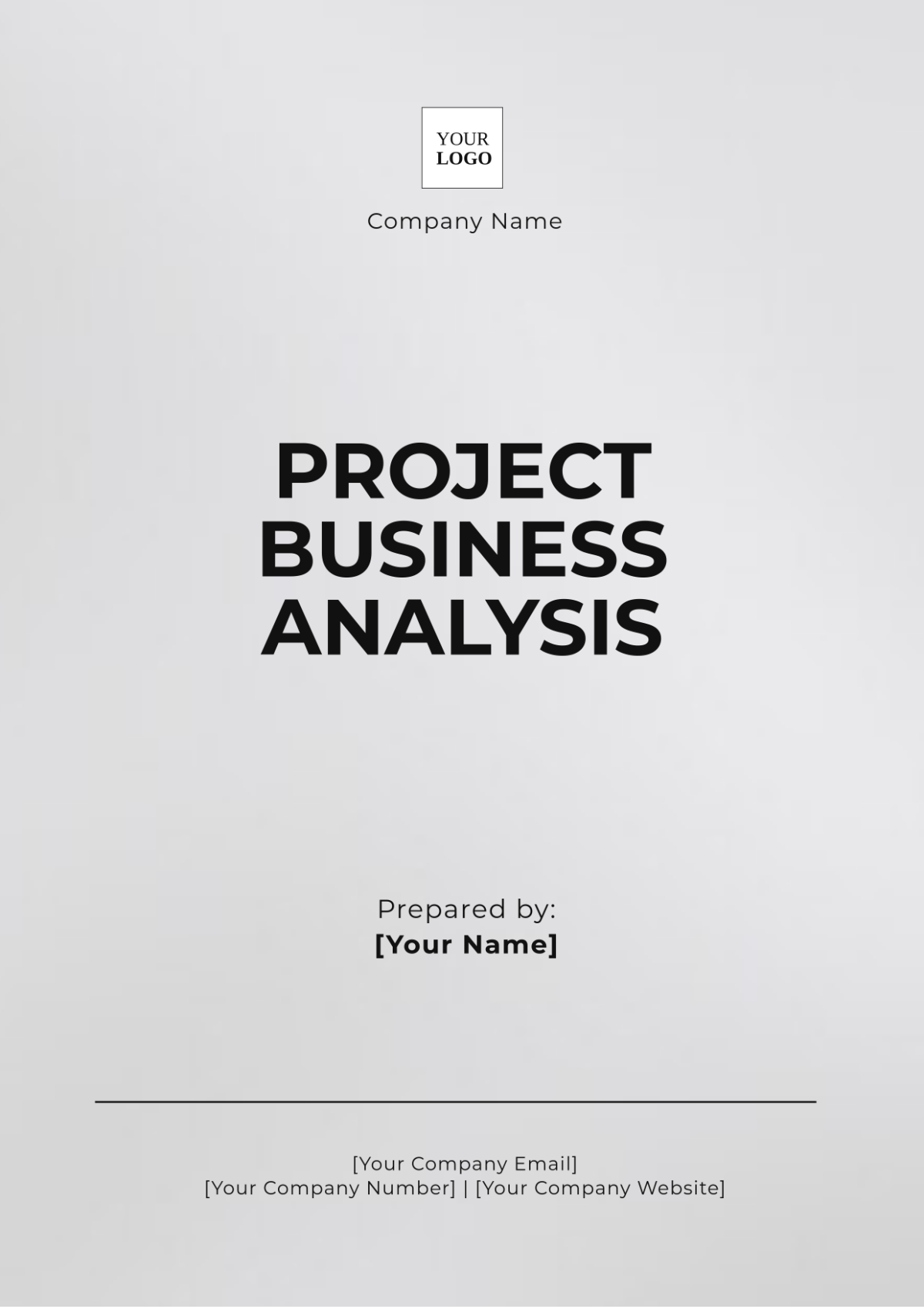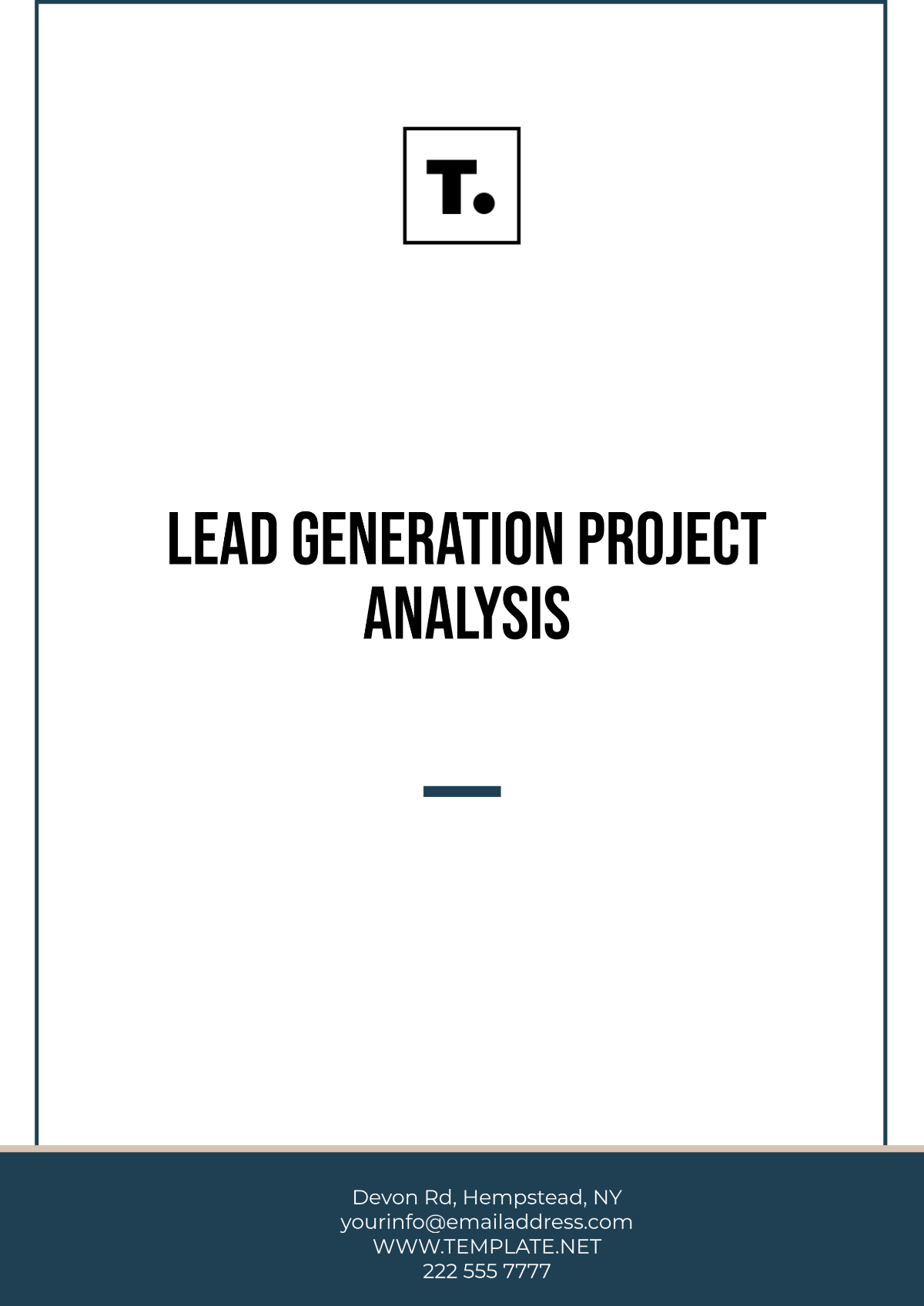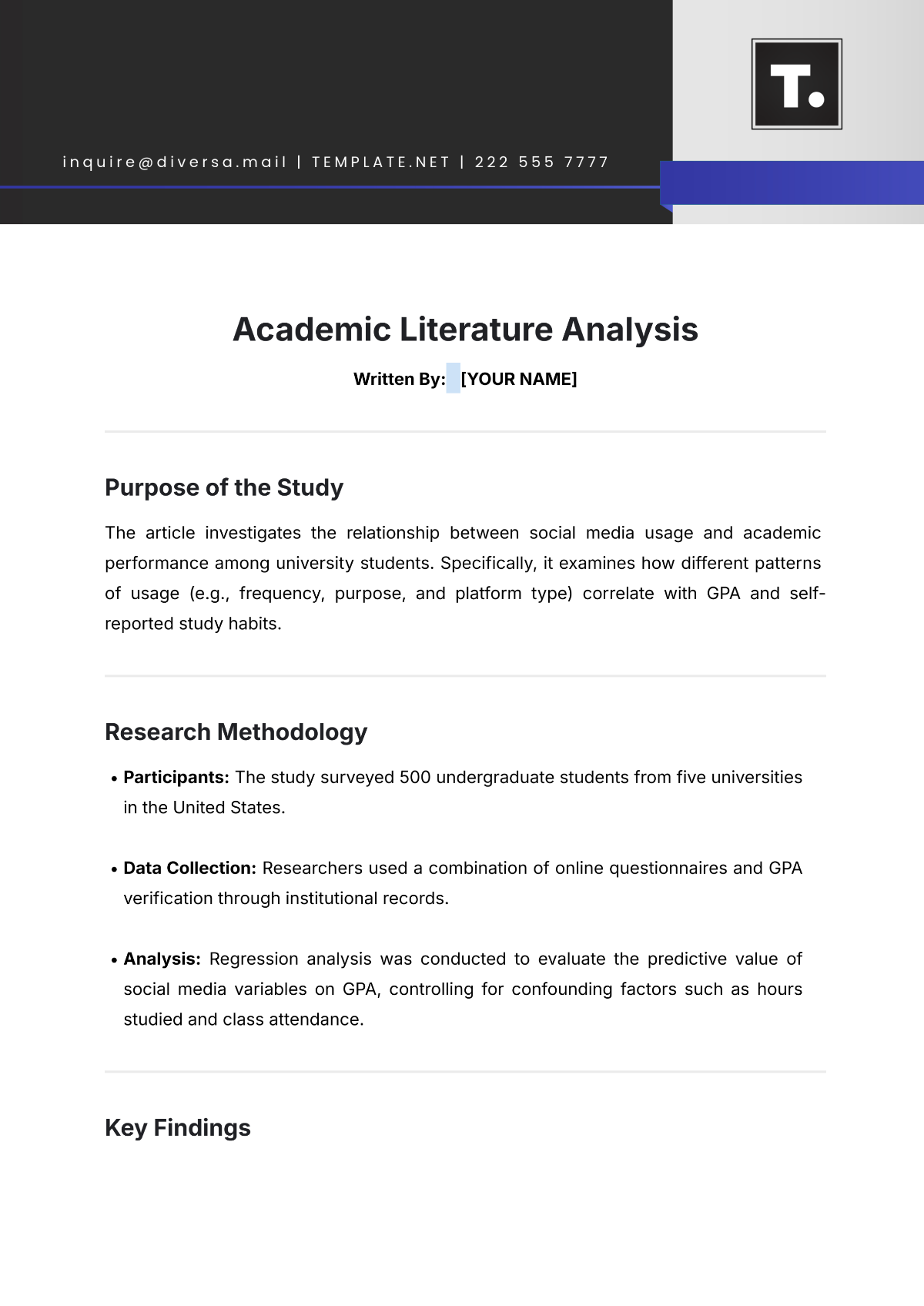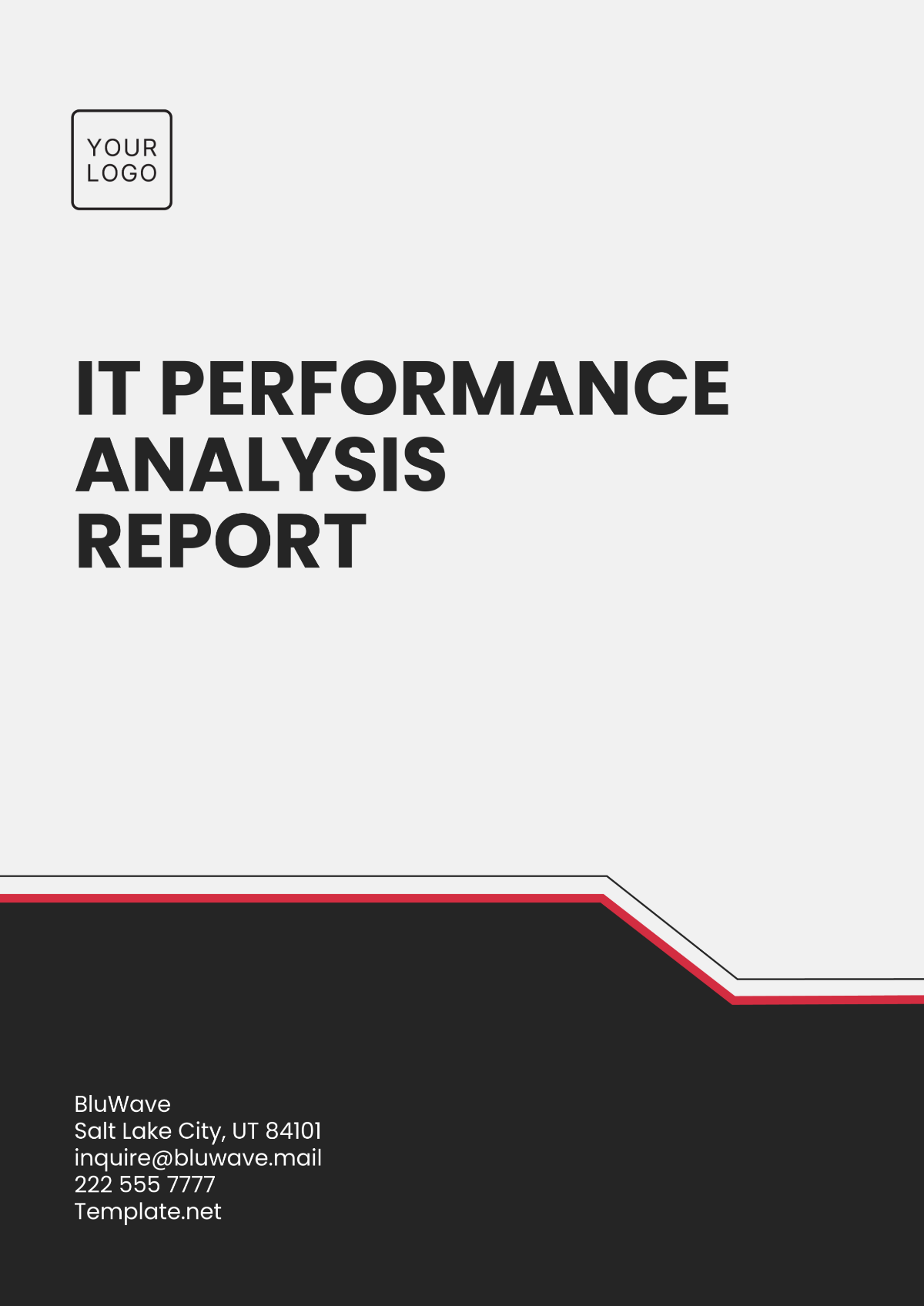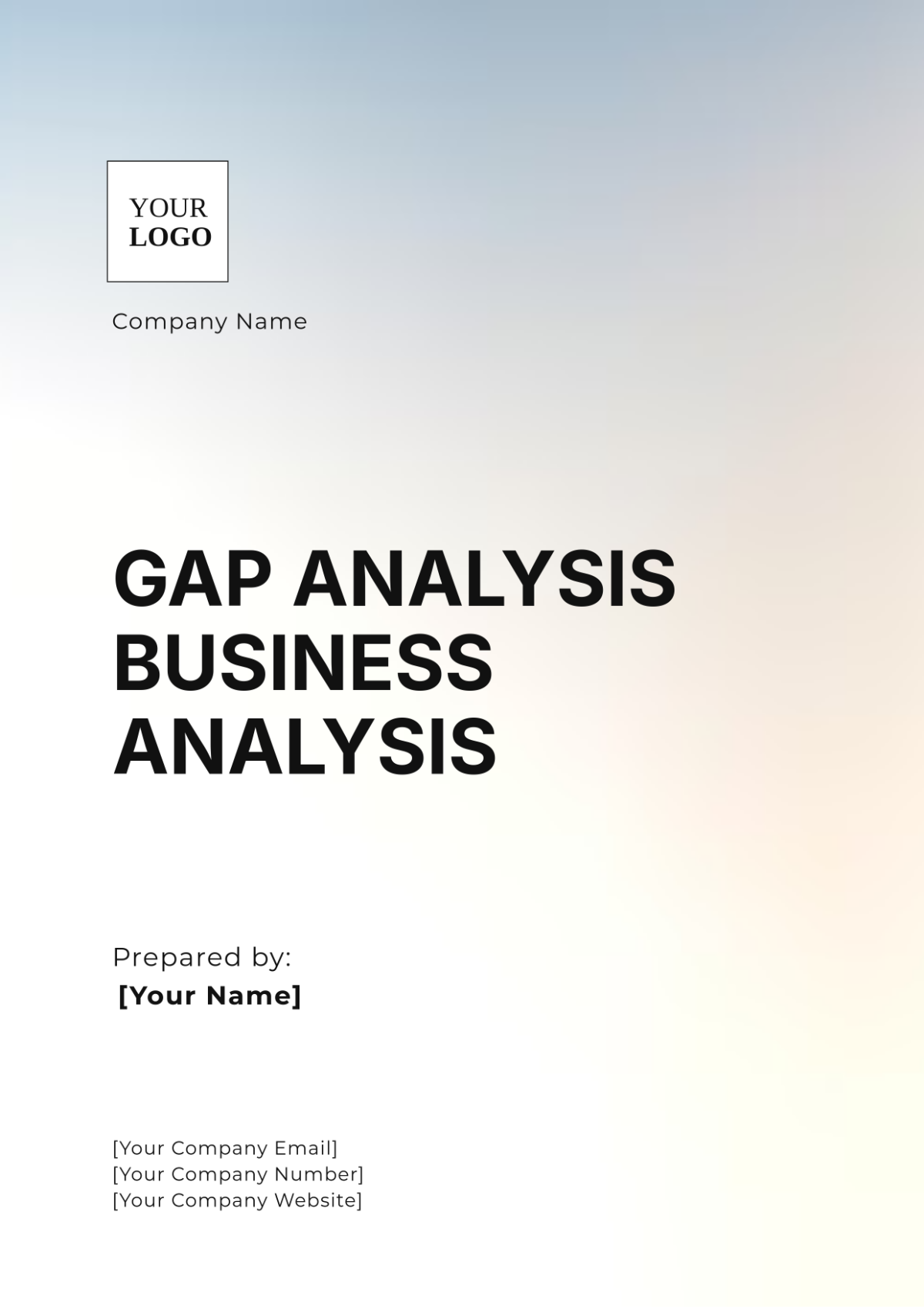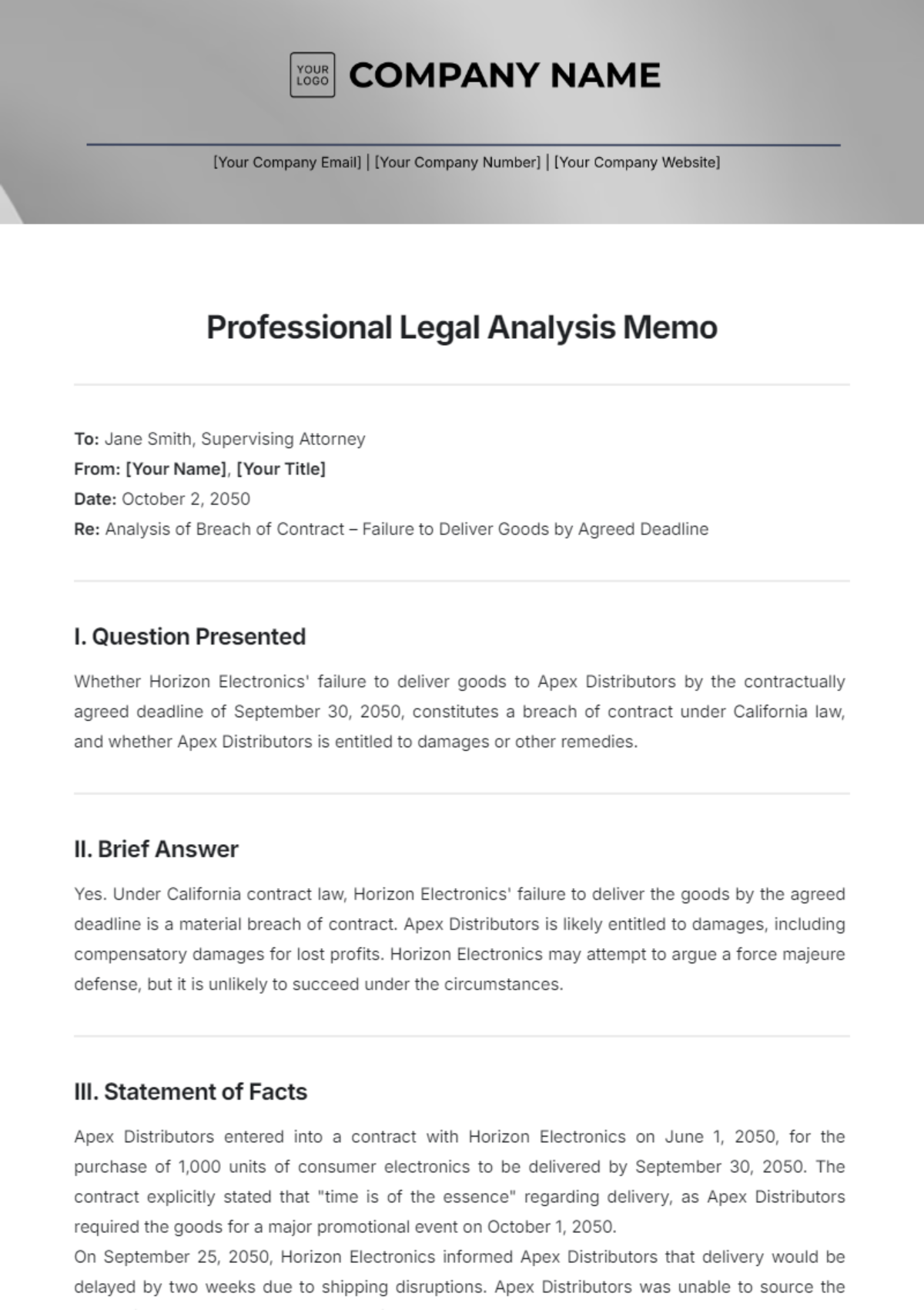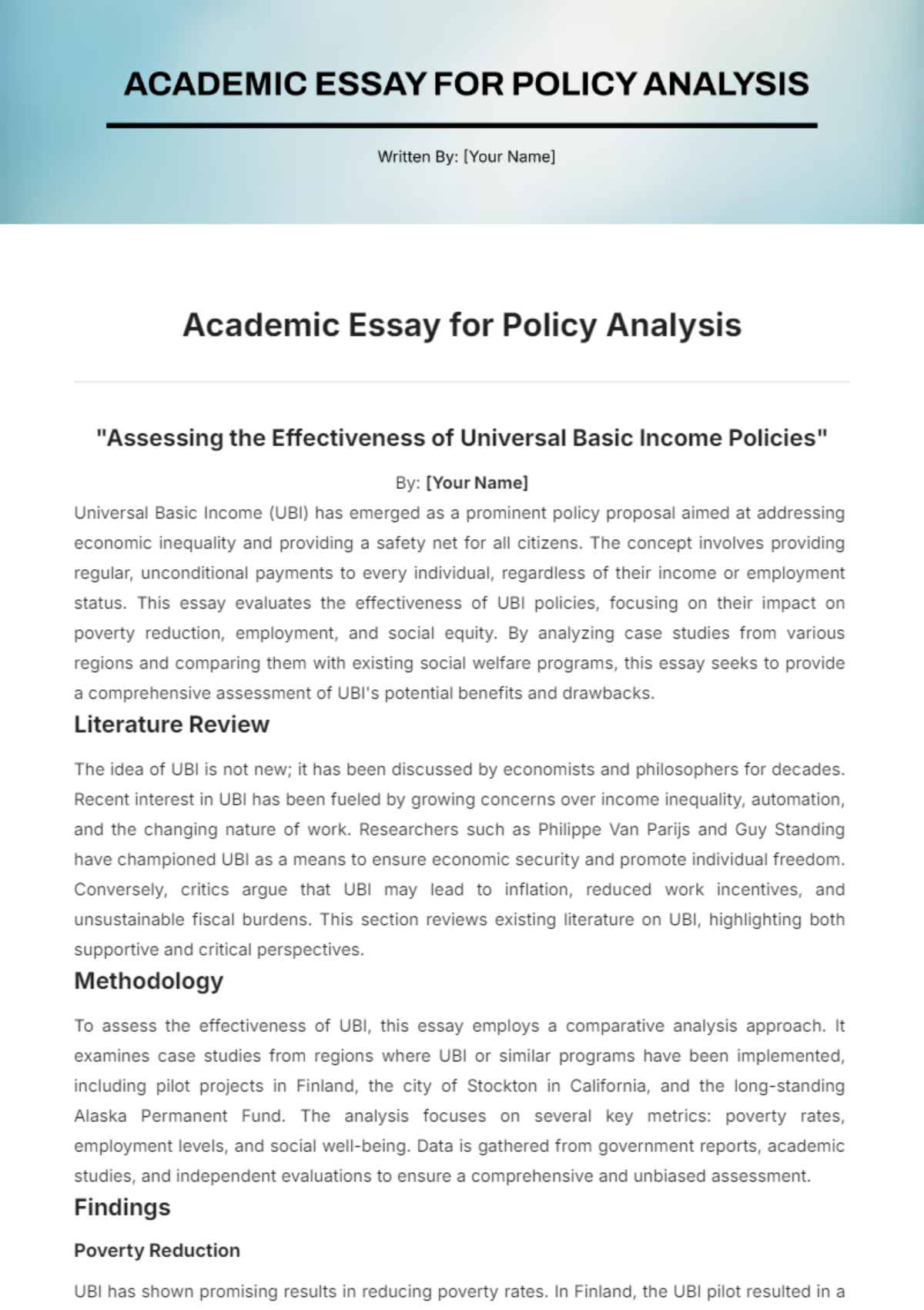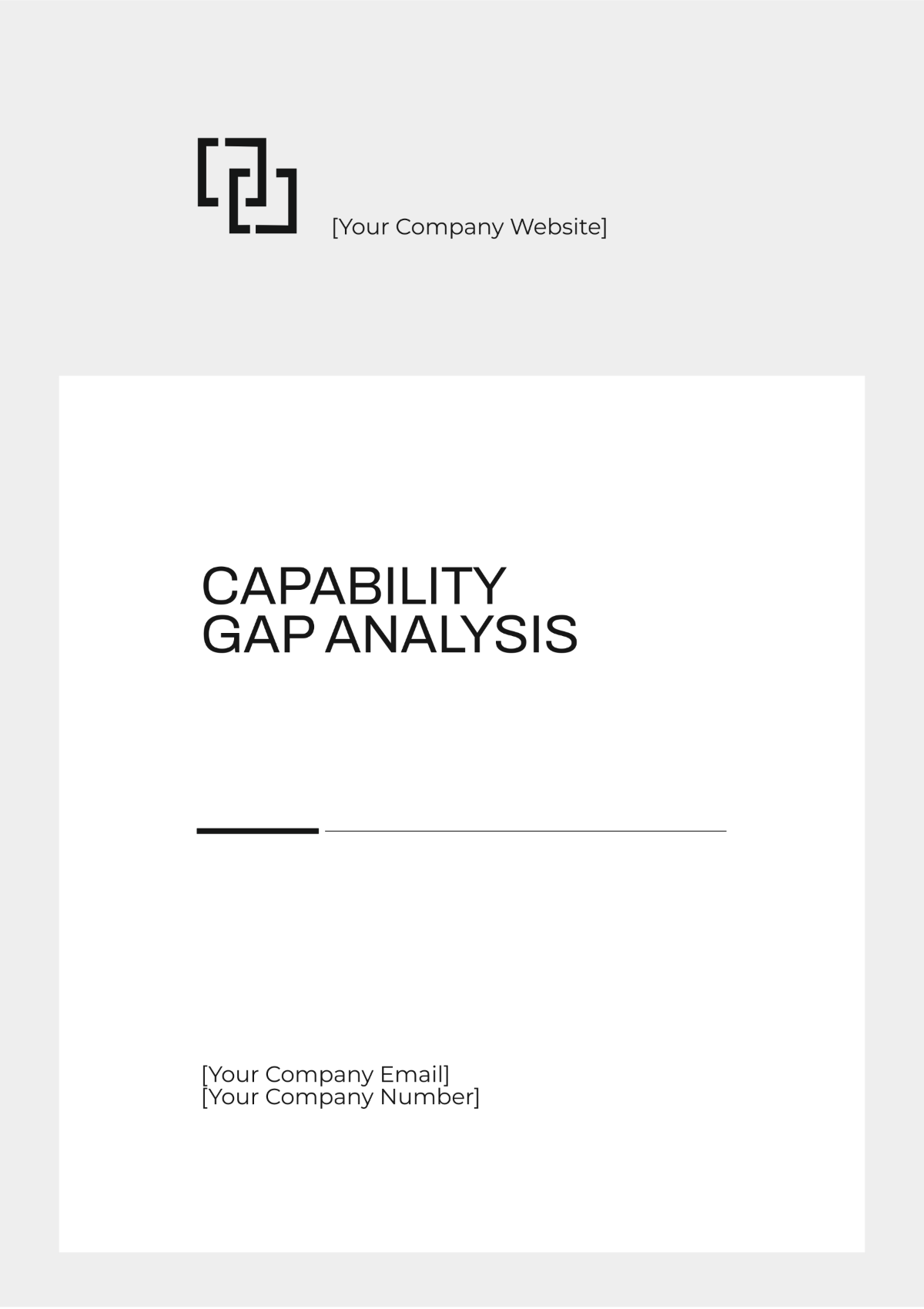Religious Discourse Analysis
Prepared by: [Your Name]
Date: [Date]
I. Introduction
In the year 2050, the landscape of religious communication has evolved significantly, influenced by rapid technological advancements and shifting societal norms. Religious Discourse Analysis remains a vital methodological approach for examining the use of language within various religious contexts. This approach encompasses the study of sacred texts, sermons, rituals, and everyday conversations, aiming to uncover deeper meanings, power dynamics, and social functions embedded within religious language. By analyzing religious discourse, scholars can better understand how contemporary religious communities construct and communicate their beliefs, values, and practices, particularly in an increasingly digital and interconnected world.
II. Literature Review
The study of religious discourse has continued to expand across multiple disciplines, including linguistics, theology, anthropology, and sociology. Noteworthy contributions from the mid-21st century include:
Critical Discourse Analysis (CDA): Building on the foundational work of Norman Fairclough, recent scholars have adapted CDA frameworks to analyze the intersection of religion and digital media, exploring how online sermons and virtual religious communities shape contemporary belief systems.
Theology and Language: Scholars such as Sophia Martínez and Liam O’Connor have extended the philosophical dimensions of religious language, examining how artificial intelligence and virtual reality are influencing theological discourse.
Sociolinguistics: The works of Amina Bashir and Carlos Rivera have explored how religious language functions within multicultural and multilingual societies, emphasizing the role of language in religious identity formation in globalized communities.
Anthropological Perspectives: Building on Clifford Geertz’s interpretive methods, contemporary anthropologists like Maya Chen have studied the role of religious symbols and language in shaping cultural systems within transnational religious movements and diaspora communities.
III. Methodology
This study employs a multi-method approach, integrating both traditional and innovative qualitative methods to comprehensively analyze religious discourse in the year 2050 and beyond. The key components include:
III.I Data Collection
Textual Analysis: Examination of religious scriptures (e.g., digital versions of the Bible, Quran, Bhagavad Gita), online sermons, liturgical texts, and religious blogs.
Virtual Participant Observation: Observations of religious rituals, services, and community gatherings conducted in virtual reality (VR) environments and social media platforms.
Interviews: Conducting semi-structured interviews with religious leaders, digital missionaries, and members of online religious communities via holographic communication tools.
III.II Analytical Techniques
Technique | Description | Application |
|---|---|---|
Discourse Analysis | Qualitative analysis of language use, focusing on sentence structures, word choice, and rhetorical devices. | Analyzing transcripts of online sermons and religious texts. |
Thematic Coding | Identifying recurring themes and patterns within qualitative data. | Interpreting interview data and virtual participant observations. |
Narrative Analysis | Examining how stories and narratives are constructed within religious discourse. | Studying religious parables, testimonies, and digital storytelling. |
IV. Data Analysis
The data collected from textual analysis, virtual participant observations, and interviews were coded and examined for recurring patterns and themes. Key findings from each data source include:
IV.I Textual Analysis
Religious texts continue to use metaphors, allegories, and parables to convey complex theological concepts, even in digital formats. Common themes identified include:
Salvation: Recurrent discussions on the nature of salvation, with an emphasis on how it can be attained through digital engagement and online community participation.
Morality: Prescriptions of moral behavior and ethics, often contextualized within the challenges of living in a technologically advanced, yet ethically complex world.
Community: Emphasis on the importance of virtual communal worship and social harmony, particularly within online religious platforms and VR congregations.
IV.II Virtual Participant Observation
Observations of religious rituals and services conducted in VR environments and on social media platforms highlighted several social functions of religious language:
Cohesion: Language acts as a unifying force, fostering a sense of community among geographically dispersed believers who gather in virtual spaces.
Authority: Clergy and religious influencers often use specialized language and digital media to assert authority and convey sacred knowledge, reaching global audiences.
Identity: Rituals, prayers, and religious hashtags reinforce collective religious identity in an increasingly digital world.
IV.III Interviews
Interviews with religious leaders and community members revealed diverse perceptions of religious language. Key insights include:
Interpretation: Different individuals interpret religious texts and sermons in varied ways.
Influence: Language is a powerful tool in shaping beliefs and guiding behavior.
Adaptation: Contemporary religious discourse often adapts to cultural and social changes.
V. Discussion
The findings suggest that religious discourse in the year 2050 serves multiple purposes within religious communities. It is not only a means of conveying theological teachings but also a tool for maintaining social order, asserting authority, and constructing collective identity in a digital age. Several key themes emerged from the analysis:
Power Dynamics: Religious language often reflects and reinforces hierarchical structures within religious communities, particularly through digital media, where influencers and leaders wield significant authority.
Symbolism: Metaphors and allegories in religious texts continue to serve as powerful symbols that shape collective understandings and beliefs, now amplified by digital platforms.
Evolution: Religious discourse evolves over time, adapting to social and technological contexts while retaining core theological principles. The digital transformation of religious communication has introduced new challenges and opportunities for faith communities.
VI. Conclusion
This study highlights the multifaceted role of language in religious contexts, especially in the digital and technologically advanced world of 2050 and beyond. Religious Discourse Analysis provides valuable insights into how religious language functions to convey beliefs, foster community, and assert authority in both physical and virtual spaces. Future research could explore the dynamics of religious language in artificial intelligence-driven environments, interfaith dialogues in virtual reality, and the role of social media in shaping global religious discourse.
VII. References
Fairclough, N. (2050). Discourse and Social Change in the Digital Age. Polity Press.
Gadamer, H.-G. (2050). Truth and Method in Virtual Reality. Sheed & Ward.
Geertz, C. (2051). The Interpretation of Cultures in the 21st Century. Basic Books.
Bashir, A. (2050). Multilingual Religious Discourse in a Globalized World. University of Pennsylvania Press.
Martínez, S. (2050). Theology and Artificial Intelligence: A New Frontier. Augsburg Fortress Publishers.
Chen, M. (2051). Religious Symbols and Language in Transnational Movements. Harvard University Press.















